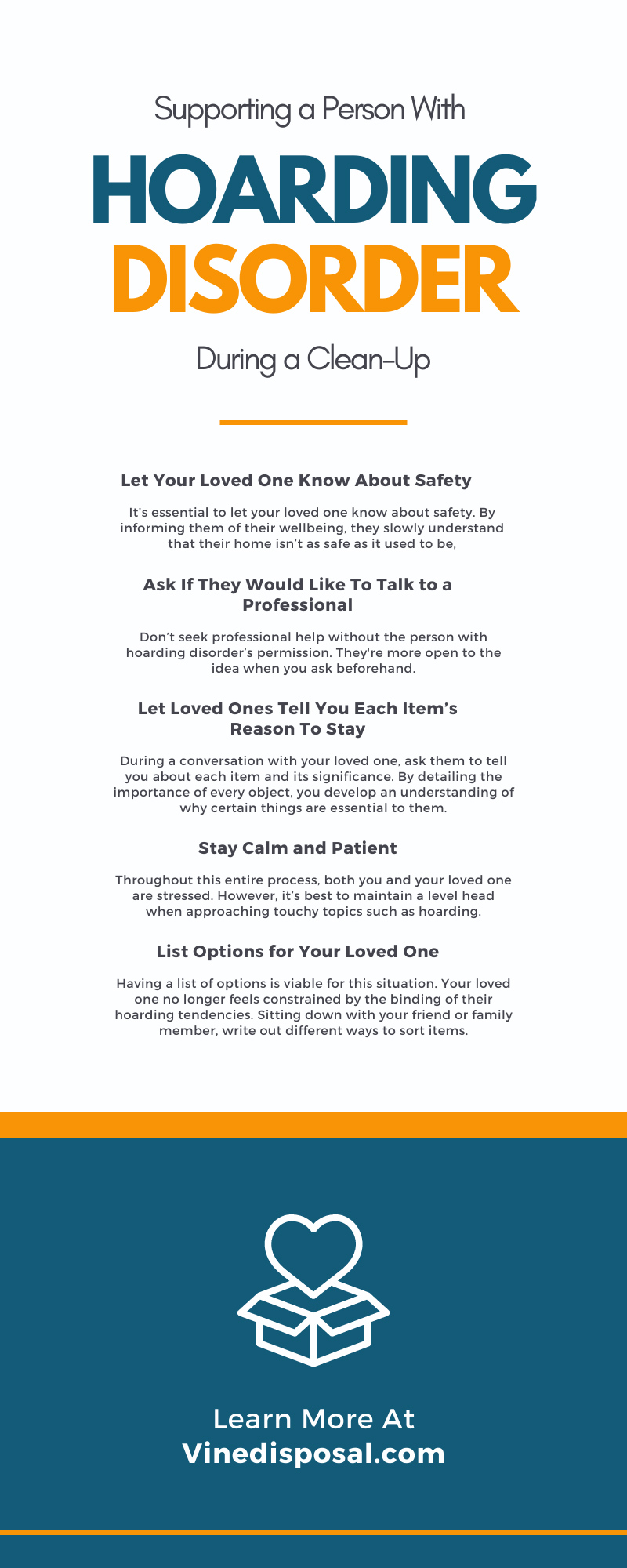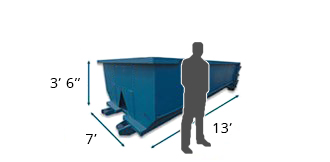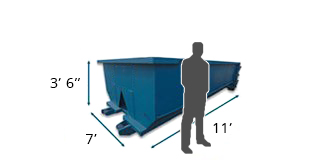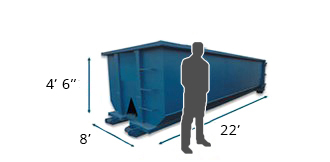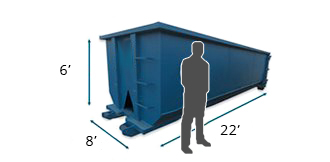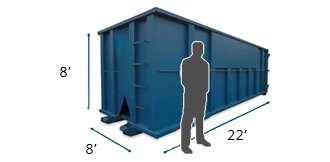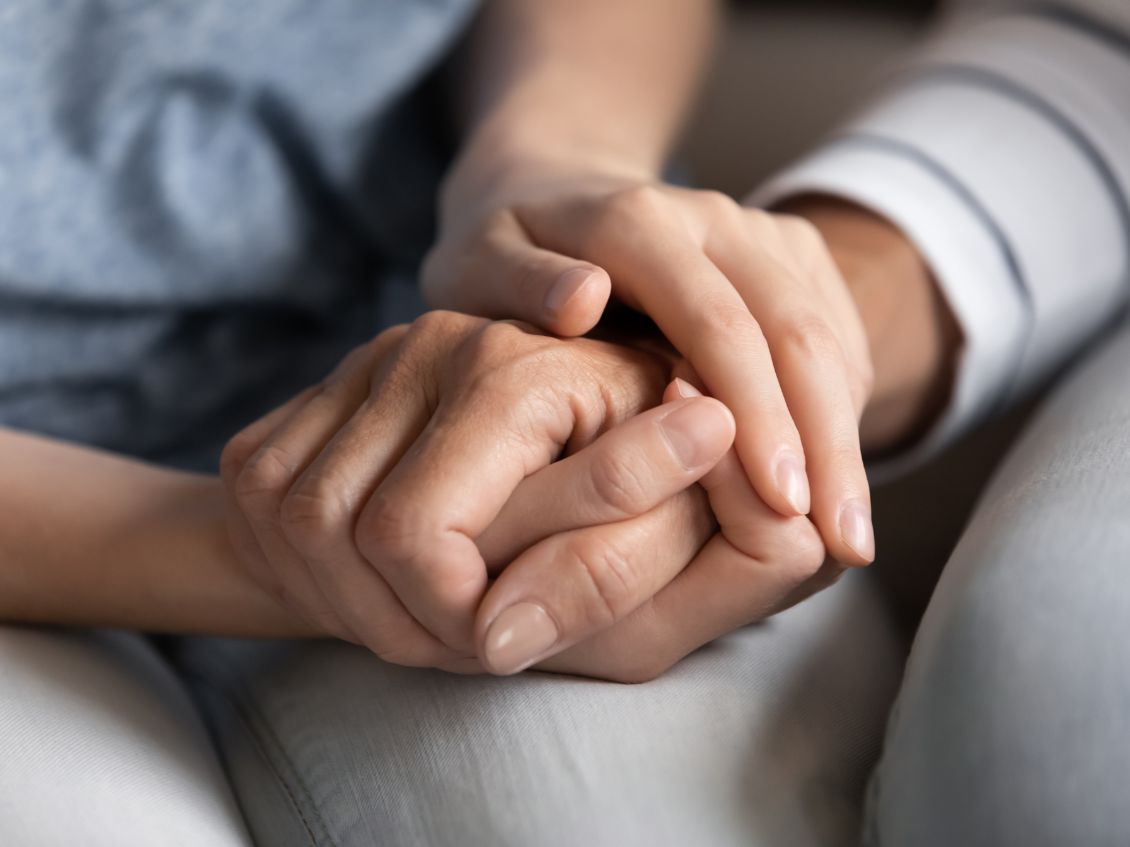
It can be devastating to see your loved one’s home pile up with useless items. These habits sometimes stem from a significant issue, such as a mental disorder. However, remember that there’s a big difference between a cluttered home and the symptoms of hoarding disorder. Find out more about the difference between both and learn more about supporting a person with hoarding disorder during a clean-up.
The Difference Between Clutter and Hoarding Disorder-Related Habits
There’s a significant distinction between clutter and hoarding disorder-related habits. Both involve messes, but only a person with hoarding disorder creates it compulsively. Here’s more insight below.
Hoarder
A person with hoarding disorder holds onto possessions long-term. Over time, people with hoarding disorder amass bigger items, such as extra tables and chairs, creating larger obstacles.
But it isn’t just clutter. The mess provokes bouts of anxiety and habits like leaving food out, not taking care of the home’s infrastructure, and being unhygienic.
Clutter
A clutterer is someone who frequently creates messes, but they’re temporary. A clutterer’s far different from someone with hoarding disorder, as they find strategies to do away with clutter properly. For instance, in the Midwest, many households have a “junk drawer,” a spot to place old items, idle things, and takeout menus.
The junk drawer’s easily forgotten until it’s time to clean it. Think of it this way: clutter is a group of easy messes to clean up, but hoarding is keeping things, such as inherited items, for extended amounts of time. In other words, someone with hoarding disorder will feel a compulsion to keep things even if they should throw them away.
The Five Hoarding Stages You Didn’t Know About
When it comes to hoarding, there are five stages. These stages help determine if it’s only a clutter problem or something more.
1. Only a Few Things To Clean Up
The first stage could be seen as a sign of clutter. When first assessing the home, you find that the rooms are still walkable, and it’s safe to be inside. At this stage, the mess is considered clutter.
2. Feels Self-Conscious About Piles
Now, piles get bigger, and the main room’s running out of space, so everything’s divided into other places, such as the basement, garage, kitchen, and even the back or front porch.
3. No Possible Way To Take Care of Themselves
At this stage, it’s clear that the person with hoarding disorder isn’t a clutterer. They don’t realize the problem immediately, and it becomes a concern to family and friends. In this stage, the person with hoarding disorder neglects themselves—they may go days without eating or bathing.
4. The Home Falls to Disrepair
At this stage, things are direr. The home’s fallen to disrepair. There’s structural damage, the sink’s backed up, and there’s no running water. It’s becoming harder for your loved ones to live in their home.
5. The House Becomes a Safety Hazard
Stage five’s the final stage where the home’s completely uninhabitable. Bugs crawl around. There’s barely enough foot room. You need to hold onto the wall for support. At this stage, it is time to get involved and help out in any way possible.
Things You Should Do To Show Support
Learning how to support a person with hoarding disorder during the clean-up process is essential. Here are things you should do to help out.
Let Your Loved One Know About Safety
It’s essential to let your loved one know about safety. By informing them of their wellbeing, they slowly understand that their home isn’t as safe as it used to be, so removing some items is beneficial.
Ask If They Would Like To Talk to a Professional
Don’t seek professional help without a the person with hoarding disorder’s permission. They're more open to the idea when you ask beforehand. You should think about going into sessions with them to show further support.
Let Loved Ones Tell You Each Item’s Reason To Stay
It’s essential that you let the person with hoarding disorder explain why they need each item. During a conversation with your loved one, ask them to tell you about each item and its significance. By detailing the importance of every object, you develop an understanding of why certain things are essential to them.
Stay Calm and Patient
Throughout this entire process, both you and your loved one are stressed. However, it’s best to maintain a level head when approaching touchy topics such as hoarding. Maintaining your patience and being calm through every conversation will control the tension in the situation.
List Options for Your Loved One
Having a list of options is viable for this situation. Your loved one no longer feels constrained by the binding of their hoarding tendencies. Sitting down with your friend or family member, write out different ways to sort items.
For example, you could donate to charity, rent a dumpster for recycling, and sell the items. If you happen to live in Snellville, you may want to take advantage of a dumpster rental in Snellville. A dumpster keeps everything organized and every room clear of debris.
Things You Should Never Do
There are things you shouldn’t do either, as it hurts the person with hoarding disorder. Remember, they’re looking for guidance, not ridicule.
Don’t Ever Get Angry at the Person With Hoarding Disorder
It’s difficult for everyone in a situation like this, but it’s essential to not get angry. If you get mad, a person with hoarding disorder shuts down and isn’t comfortable speaking to you or anyone else.
Never Mistreat Their Items
When dealing with cluttered spaces, it’s best to leave everything where it is for the time being, as a tiny thing that gets moved could do more harm than good to a person with hoarding disorder. A person with hoarding disorder has everything piled in every space. One misplaced or mistreated item creates anxiety.
Doing Everything in One Day is Stressful
It’s stressful being in a hoarder's position; you must look at their problems through their eyes. If you remain stressed and do everything in one day, you create chaos. Hoarders don’t mind working on things at a snail’s pace. Everything comes together when you work at the rate of a hoarder.
Tips To Help a Person With Hoarding Disorder
Don’t just be there for your loved ones; learn how you can help them with these tips.
Seek Out Help if Needed
It’s essential to seek help out, including professional services. Gather all your options and start contacting for assistance.
Create Categories for Items
Don’t throw things into random piles. Go through one room at a time and separate all items into stacks: donate, sell, recycle, and pass down.
Learn About the Causes of Hoarding Disorder
It’s essential to understand the causes of hoarding disorder. Hoarding disorder stems from many places, but the most common are:
- Depression
- PTSD
- Anxiety
Helping a loved one with hoarding tendencies is essential. Vine Disposal is here for you. When you’re ready, call us to schedule your dumpster rental so that you and your loved ones can go through the hoarding clean-up process; we look forward to helping you out.
